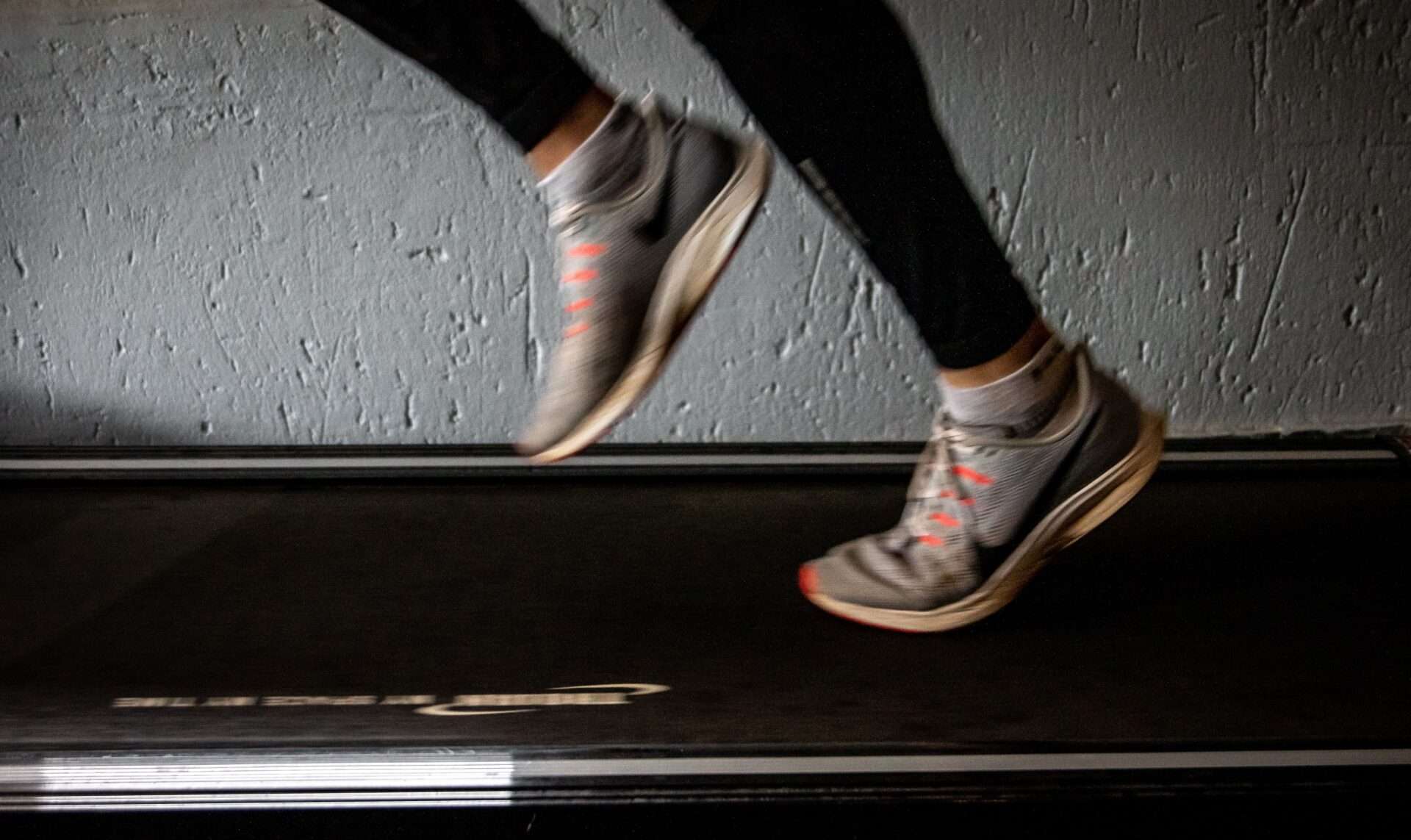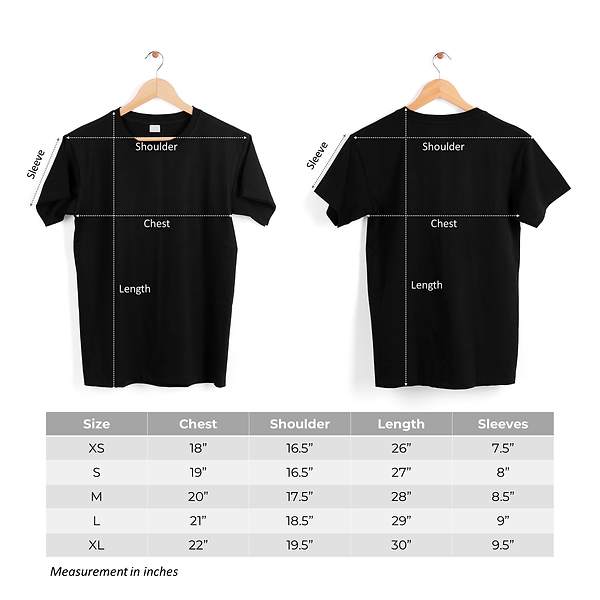The Complete Guide to Terrain-Specific Running Shoes
Selecting the right footwear for your running surface enhances performance, prevents injuries, and improves comfort. This expert guide breaks down the essential features for every terrain.
Running Shoe Comparison by Terrain
| Terrain | Key Features | Best For | Sample Brands |
|---|---|---|---|
| Road | Maximum cushioning, lightweight, breathable | Pavement, sidewalks, hard surfaces | Nike Pegasus, Brooks Ghost |
| Trail | Aggressive tread, rock plate, toe protection | Uneven terrain, mud, rocks | Salomon Speedcross, Hoka Speedgoat |
| Track | Minimalist, spike compatible, stiff plate | Synthetic/rubber tracks, sprinting | Nike ZoomX Dragonfly |
| Cross-Country | Lightweight, drainage ports, removable spikes | Grass, dirt, variable conditions | New Balance XC, Saucony Kilkenny |
Specialty Running Shoes
Mountain Running
- High-cut ankle support
- Vibram megagrip outsoles
- GORE-TEX waterproofing
Sand Running
- Wide platform for stability
- Quick-drain mesh upper
- Minimal midsole cushion
Indoor/Gym
- Non-marking rubber soles
- Breathable knit uppers
- Flexible forefoot
5-Step Shoe Selection Process
- Analyze your primary running surfaces
- Consider your foot strike and arch type
- Measure your feet at the end of the day
- Test shoes with your running socks
- Evaluate after a short test run
Expert Recommendations
- Trail runners should size up 0.5 for downhill running
- Replace road shoes every 300-500 miles
- Use gait analysis for pronation/supination issues
Number of Views: 10



